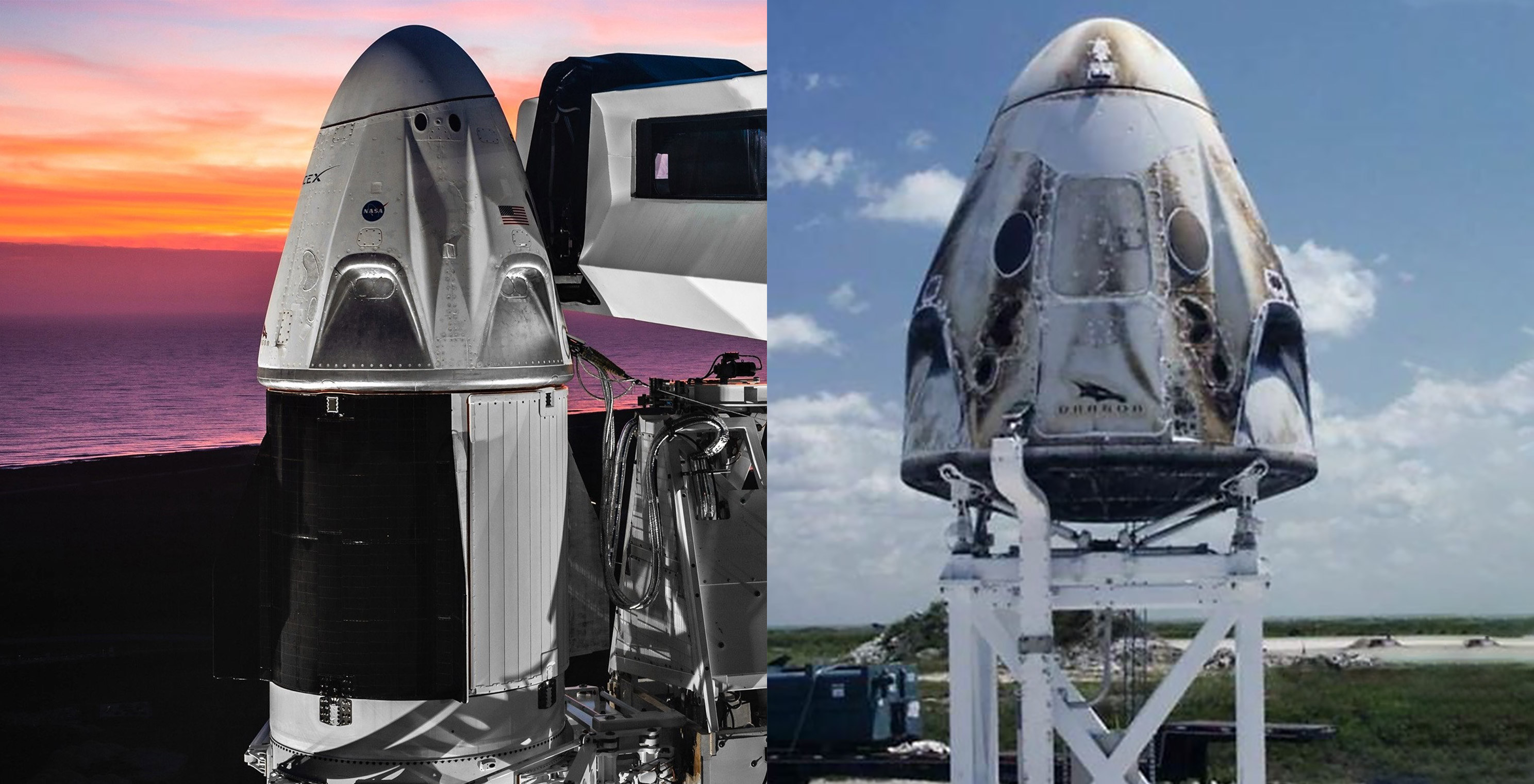

News
SpaceX’s response to Crew Dragon explosion unfairly maligned by head of NASA
In a bizarre turn of events, NASA administrator Jim Bridenstine has offered harsh criticism of SpaceX’s response to Crew Dragon’s April 20th explosion, suffered just prior to a static fire test of its eight Super Draco abort engines.
The problem? The NASA administrator’s criticism explicitly contradicts multiple comments made by other NASA officials, the director of the entire Commercial Crew Program, and SpaceX itself. Lest all three of the above sources were either blatant lies or deeply incorrect, it appears that Bridenstine is – intentionally or accidentally – falsely maligning SpaceX and keeping the criticism entirely focused on just one of the two Commercial Crew partners. The reality is that his initial comments were misinterpreted, but an accurate interpretation is just as unflattering.
Ultimately, Bridenstine responded to a tweet by Ars Technica’s Eric Berger to correct the record, noting that the criticism was directed at his belief that SpaceX’s “communication with the public was not [good]”, while the company’s post-failure communication with NASA was actually just fine. In fact, according to Commercial Crew Program (CCP) Manager Kathy Lueders, NASA team members were quite literally in the control room during the pre-static fire explosion and the failure investigation began almost instantly.
A blog post and official update published by NASA on May 28th further confirms Lueders’ praise for the immediate SpaceX/NASA response that followed the failure.
“Following the test [failure], NASA and SpaceX immediately executed mishap plans established by the agency and company. SpaceX fully cleared the test site and followed all safety protocols. Early efforts focused on making the site safe, collecting data and developing a timeline of the anomaly, which did not result in any injuries. NASA assisted with the site inspection including the operation of drones and onsite vehicles.”
— NASA, May 28th, 2019
Why, then, are Bridenstine’s comments so bizarre and unfair?
A trip down memory lane
Back in mid-2018, Boeing’s Starliner spacecraft suffered a major setback (albeit not as catastrophic as Crew Dragon’s) when a static fire test ended with a valve failing to close, leaking incredibly toxic hydrazine fuel all over the test stand and throughout the service module that was test-fired. The failure reportedly delayed Boeing’s Starliner program months as a newer service module had to replace the contaminated article that was meant to support a critical 2019 pad-abort test preceding Starliner’s first crew launch.
According to anonymous sources that have spoken with reporters like Eric Berger and NASASpaceflight.com, the anomalous test occurred in late-June 2018, followed by no less than 20-30 days of complete silence from both Boeing and NASA. If Boeing told NASA, NASA certainly didn’t breathe a word of that knowledge to – in Bridenstine’s words – “the public (taxpayers)”. Prior to Mr. Berger breaking the news, Boeing ignored at least one private request for comment for several days before the author gave up and published the article, choosing to trust his source.
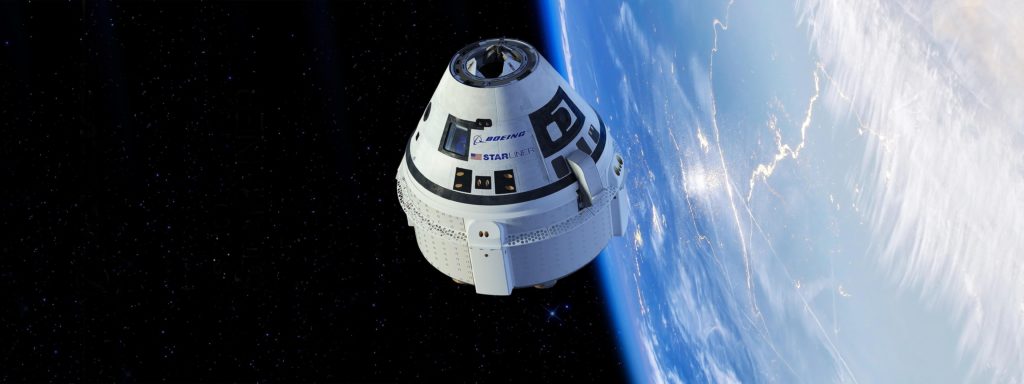
After the article was published, Boeing finally provided an official comment vaguely acknowledging the issue.
“We have been conducting a thorough investigation with assistance from our NASA and industry partners. We are confident we found the cause and are moving forward with corrective action. Flight safety and risk mitigation are why we conduct such rigorous testing, and anomalies are a natural part of any test program.”
— Boeing, July 21st, 2018 (T+~30 days)
SpaceX, for reference, offered an official media statement hours after Crew Dragon capsule C201 suffered a major failure during testing, acknowledging that an “anomaly” had occurred and that SpaceX and NASA were already working closely to investigate the accident. Less than two weeks after that, Vice President of Mission Assurance Hans Koenigsmann spent several minutes discussing Crew Dragon’s failure at a press conference, despite the fact that it was off topic in an event meant for a completely different mission (Cargo Dragon CRS-17).
“Earlier today, SpaceX conducted a series of engine tests on a Crew Dragon test vehicle on our test stand at Landing Zone 1 in Cape Canaveral, Florida. The initial tests completed successfully but the final test resulted in an anomaly on the test stand. Ensuring that our systems meet rigorous safety standards and detecting anomalies like this prior to flight are the main reasons why we test. Our teams are investigating and working closely with our NASA partners.”
— SpaceX, April 20th, 2019 (T+several hours)
Within ~40 days, NASA published an official update acknowledging Crew Dragon’s accident and the ongoing mishap investigation. Meanwhile, a full year after Starliner’s own major accident, NASA communications have effectively never once acknowledged it, while Boeing has been almost equally resistant to discussing or even acknowledging the problem and the delays it caused. On May 24th, NASA and Boeing announced that Starliner’s service module had passed important propulsion tests (essentially a repeat of the partially failed test in June 2018) – the anomaly that incurred months of delays and required a retest with a new service section was not mentioned once.
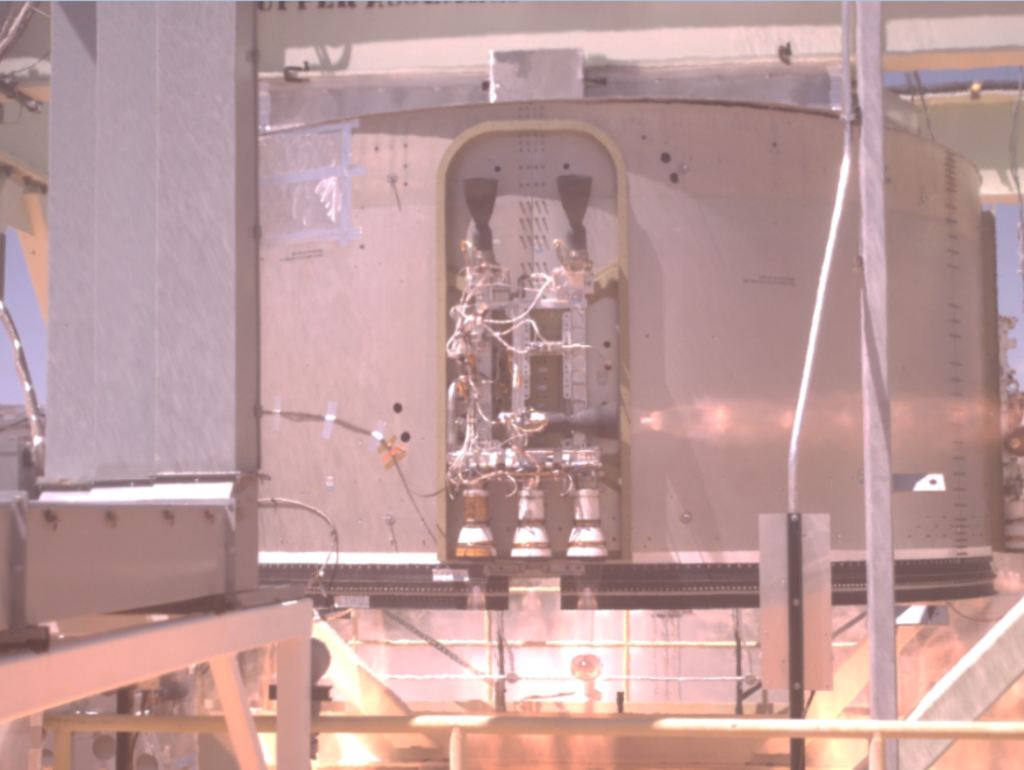
On April 3rd, NASA published a Commercial Crew schedule update that showed Boeing’s orbital Starliner launch debut (Orbital Flight Test, OFT) launching no earlier than August 2019, a delay of 4-5 months. In the article, NASA’s explanation (likely supplied in part by Boeing) bizarrely pointed the finger at ULA and the technicalities of Atlas V launch scheduling.
In other words, NASA somehow managed to completely leave out the fact that Starliner suffered a major failure almost a year prior that likely forced the OFT service section to be redirected to a pad abort test.
Following SpaceX’s anomaly, the company (and NASA, via Kathy Lueders) have been open about the fact that it means the Crew Dragon meant for DM-2 – the first crewed test launch – would have to be redirected to Dragon’s in-flight abort (IFA) test, while the vehicle originally meant to fly the first certified astronaut launch (USCV-1) would be reassigned to DM-2. Thankfully, this practice can be a boon for minimizing delays caused by failures. Oddly, Boeing has not once acknowledged that it was likely forced to do the same thing with Starliner, albeit with the expendable service section instead of the spacecraft’s capsule section.
Again, although the slides of additional CCP presentations from advisory committee meetings have briefly acknowledged Starliner’s failure with vague mentions like “valve design corrective action granted” (Dec. 2018) and “Service Module Hot Fire testing resuming after new valves installed” (May 2019), NASA has yet to acknowledge the Service Module failure and its multi-month schedule impact.
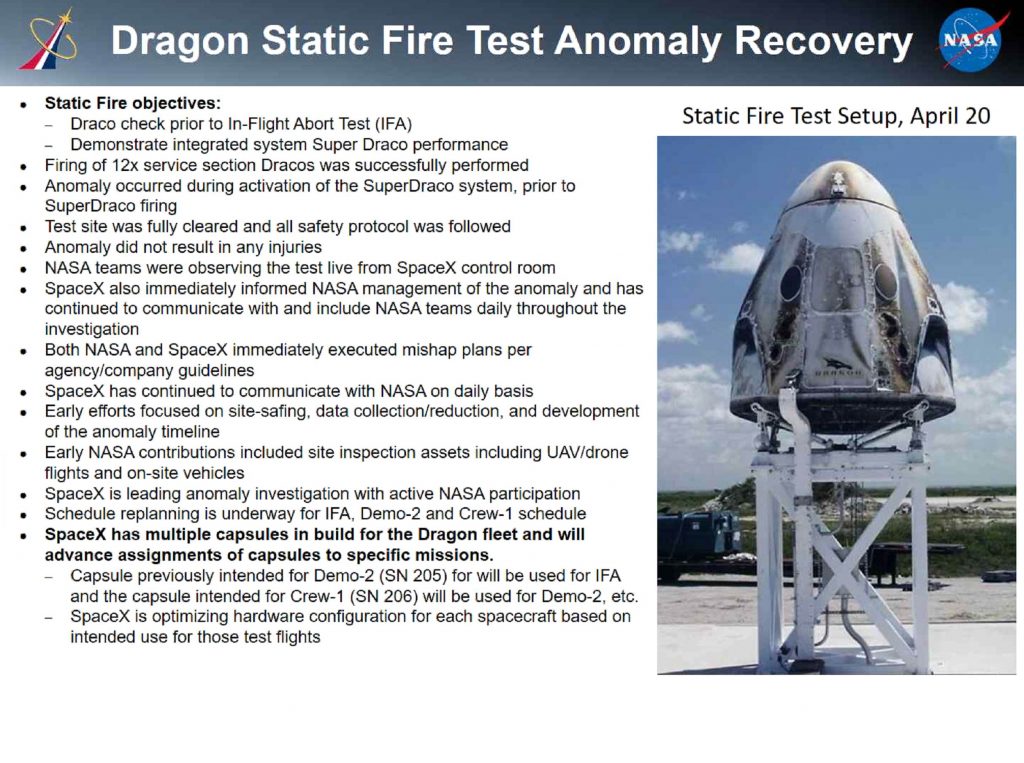
So, if SpaceX’s moderately quiet but otherwise excellent communication of Crew Dragon’s explosion was unsatisfactory and worthy of pointed criticism straight from the head of NASA, the fact that Boeing and NASA have scarcely acknowledged a Starliner anomaly that caused months of delays must be downright infuriating, insulting, and utterly unacceptable. And yet… not one mention during Bridenstine’s bizarre criticism of SpaceX’s supposed communication issues.
Check out Teslarati’s Marketplace! We offer Tesla accessories, including for the Tesla Cybertruck and Tesla Model 3.
Elon Musk
Tesla reveals it is using AI to make factories more sustainable: here’s how
Tesla is using AI in its Gigafactory Nevada factory to improve HVAC efficiency.
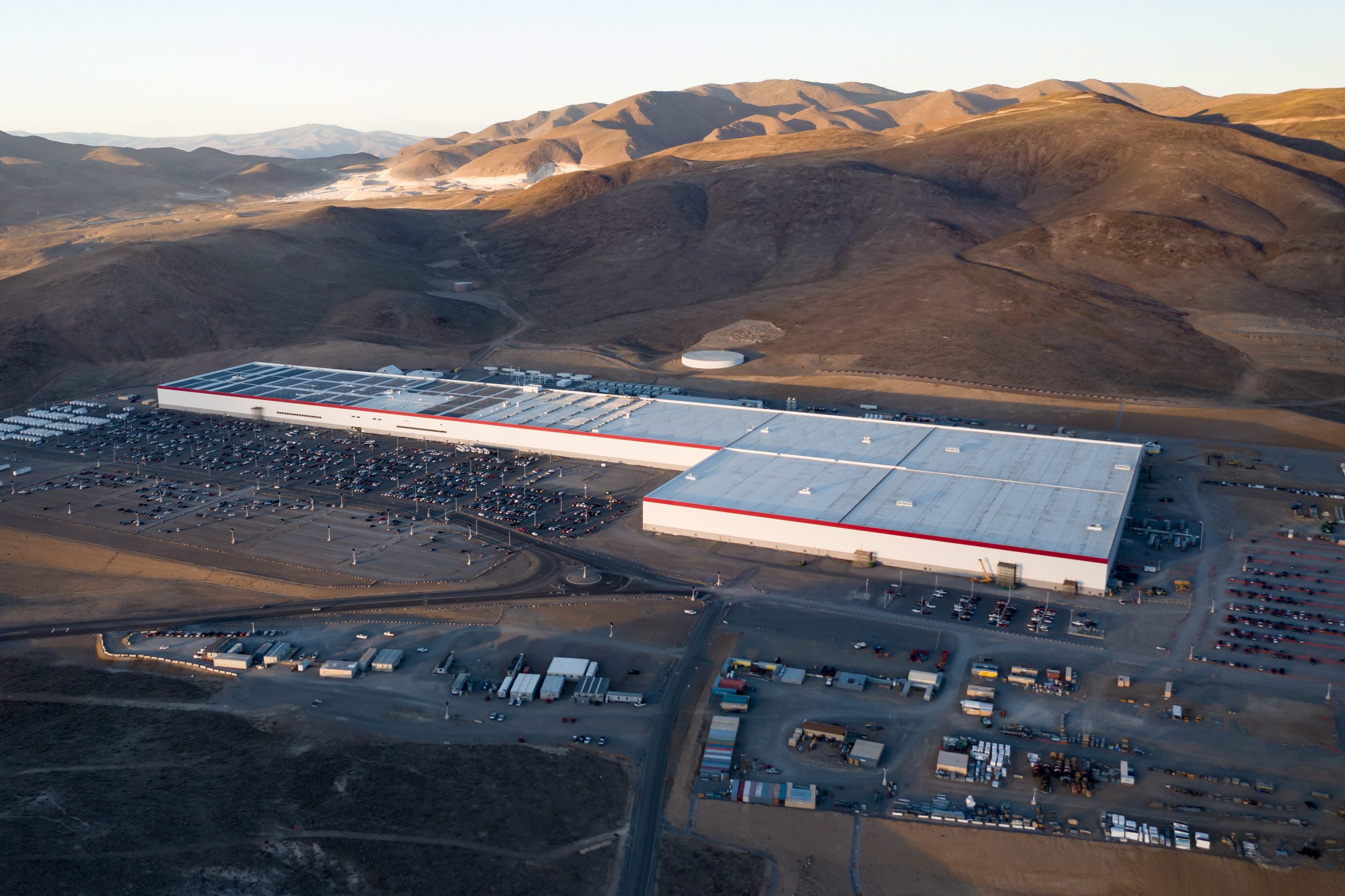
Tesla has revealed in its Extended Impact Report for 2024 that it is using Artificial Intelligence (AI) to enable its factories to be more sustainable. One example it used was its achievement of managing “the majority of the HVAC infrastructure at Gigafactory Nevada is now AI-controlled” last year.
In a commitment to becoming more efficient and making its production as eco-friendly as possible, Tesla has been working for years to find solutions to reduce energy consumption in its factories.
For example, in 2023, Tesla implemented optimization controls in the plastics and paint shops located at Gigafactory Texas, which increased the efficiency of natural gas consumption. Tesla plans to phase out natural gas use across its factories eventually, but for now, it prioritizes work to reduce emissions from that energy source specifically.
It also uses Hygrometric Control Logic for Air Handling Units at Giafactory Berlin, resulting in 17,000 MWh in energy savings each year. At Gigafactory Nevada, Tesla saves 9.5 GWh of energy through the use of N-Methylpyrrolidone refineries when extracting critical raw material.
Perhaps the most interesting way Tesla is conserving energy is through the use of AI at Gigafactory Nevada, as it describes its use of AI to reduce energy demand:
“In 2023, AI Control for HVAC was expanded from Nevada and Texas to now include our Berlin-Brandenburg and Fremont factories. AI Control policy enables HVAC systems within each factory to work together to process sensor data, model factory dynamics, and apply control actions that safely minimize the energy required to support production. In 2024, this system achieved two milestones: the majority of HVAC infrastructure at Gigafactory Nevada is now AI-controlled, reducing fan and thermal energy demand; and the AI algorithm was extended to manage entire chiller plants, creating a closed-loop control system that optimizes both chilled water consumption and the energy required for its generation, all while maintaining factory conditions.”
Tesla utilizes AI Control “primarily on systems that heat or cool critical factory production spaces and equipment.” AI Control communicates with the preexisting standard control logic of each system, and any issues can be resolved by quickly reverting back to standard control. There were none in 2024.
Tesla says that it is utilizing AI to drive impact at its factories, and it has proven to be a valuable tool in reducing energy consumption at one of its facilities.
Elon Musk
Tesla analysts believe Musk and Trump feud will pass
Tesla CEO Elon Musk and U.S. President Donald Trump’s feud shall pass, several bulls say.

Tesla analysts are breaking down the current feud between CEO Elon Musk and U.S. President Donald Trump, as the two continue to disagree on the “Big Beautiful Bill” and its impact on the country’s national debt.
Musk, who headed the Department of Government Efficiency (DOGE) under the Trump Administration, left his post in May. Soon thereafter, he and President Trump entered a very public and verbal disagreement, where things turned sour. They reconciled to an extent, and things seemed to be in the past.
However, the second disagreement between the two started on Monday, as Musk continued to push back on the “Big Beautiful Bill” that the Trump administration is attempting to sign into law. It would, by Musk’s estimation, increase spending and reverse the work DOGE did to trim the deficit.
Every member of Congress who campaigned on reducing government spending and then immediately voted for the biggest debt increase in history should hang their head in shame!
And they will lose their primary next year if it is the last thing I do on this Earth.
— Elon Musk (@elonmusk) June 30, 2025
President Trump has hinted that DOGE could be “the monster” that “eats Elon,” threatening to end the subsidies that SpaceX and Tesla receive. Musk has not been opposed to ending government subsidies for companies, including his own, as long as they are all abolished.
How Tesla could benefit from the ‘Big Beautiful Bill’ that axes EV subsidies
Despite this contentious back-and-forth between the two, analysts are sharing their opinions now, and a few of the more bullish Tesla observers are convinced that this feud will pass, Trump and Musk will resolve their differences as they have before, and things will return to normal.
ARK Invest’s Cathie Wood said this morning that the feud between Musk and Trump is another example of “this too shall pass:”
BREAKING: CATHIE WOOD SAYS — ELON AND TRUMP FEUD “WILL PASS” 👀 $TSLA
She remains bullish ! pic.twitter.com/w5rW2gfCkx
— TheSonOfWalkley (@TheSonOfWalkley) July 1, 2025
Additionally, Wedbush’s Dan Ives, in a note to investors this morning, said that the situation “will settle:”
“We believe this situation will settle and at the end of the day Musk needs Trump and Trump needs Musk given the AI Arms Race going on between the US and China. The jabs between Musk and Trump will continue as the Budget rolls through Congress but Tesla investors want Musk to focus on driving Tesla and stop this political angle…which has turned into a life of its own in a roller coaster ride since the November elections.”
Tesla shares are down about 5 percent at 3:10 p.m. on the East Coast.
Elon Musk
Tesla scrambles after Musk sidekick exit, CEO takes over sales
Tesla CEO Elon Musk is reportedly overseeing sales in North America and Europe, Bloomberg reports.

Tesla scrambled its executives around following the exit of CEO Elon Musk’s sidekick last week, Omead Afshar. Afshar was relieved of his duties as Head of Sales for both North America and Europe.
Bloomberg is reporting that Musk is now overseeing both regions for sales, according to sources familiar with the matter. Afshar left the company last week, likely due to slow sales in both markets, ending a seven-year term with the electric automaker.
Tesla’s Omead Afshar, known as Elon Musk’s right-hand man, leaves company: reports
Afshar was promoted to the role late last year as Musk was becoming more involved in the road to the White House with President Donald Trump.
Afshar, whose LinkedIn account stated he was working within the “Office of the CEO,” was known as Musk’s right-hand man for years.
Additionally, Tom Zhu, currently the Senior Vice President of Automotive at Tesla, will oversee sales in Asia, according to the report.
It is a scramble by Tesla to get the company’s proven executives over the pain points the automaker has found halfway through the year. Sales are looking to be close to the 1.8 million vehicles the company delivered in both of the past two years.
Tesla is pivoting to pay more attention to the struggling automotive sales that it has felt over the past six months. Although it is still performing well and is the best-selling EV maker by a long way, it is struggling to find growth despite redesigning its vehicles and launching new tech and improvements within them.
The company is also looking to focus more on its deployment of autonomous tech, especially as it recently launched its Robotaxi platform in Austin just over a week ago.
However, while this is the long-term catalyst for Tesla, sales still need some work, and it appears the company’s strategy is to put its biggest guns on its biggest problems.
-

 Elon Musk1 day ago
Elon Musk1 day agoTesla investors will be shocked by Jim Cramer’s latest assessment
-

 News6 days ago
News6 days agoTesla Robotaxi’s biggest challenge seems to be this one thing
-

 News2 weeks ago
News2 weeks agoTesla’s Grok integration will be more realistic with this cool feature
-

 Elon Musk2 weeks ago
Elon Musk2 weeks agoElon Musk slams Bloomberg’s shocking xAI cash burn claims
-
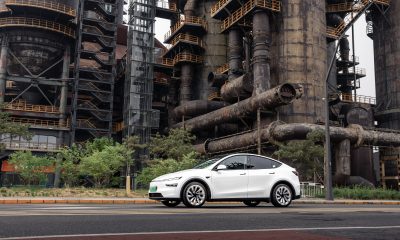
 News2 weeks ago
News2 weeks agoTesla China roars back with highest vehicle registrations this Q2 so far
-

 News2 weeks ago
News2 weeks agoTexas lawmakers urge Tesla to delay Austin robotaxi launch to September
-

 News2 weeks ago
News2 weeks agoTesla dominates Cars.com’s Made in America Index with clean sweep
-

 Elon Musk1 week ago
Elon Musk1 week agoFirst Look at Tesla’s Robotaxi App: features, design, and more





















